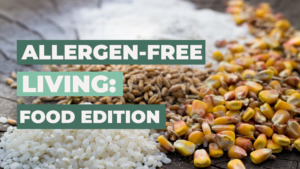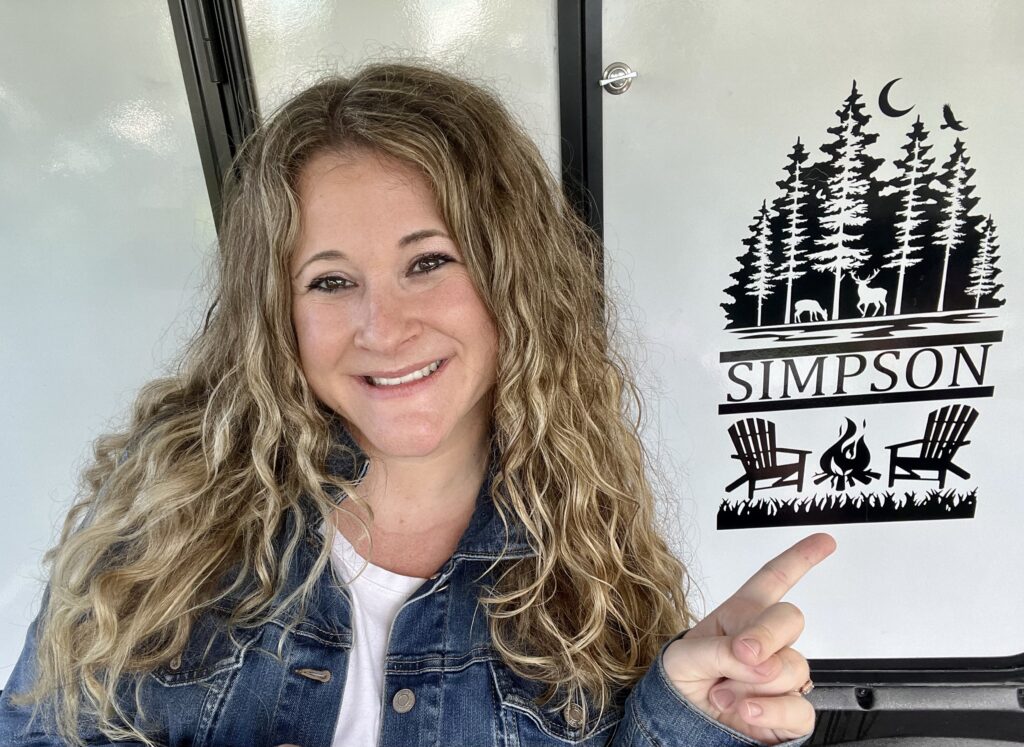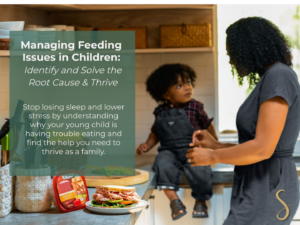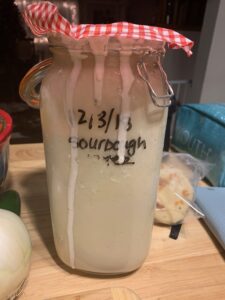Wow. This is probably one of the most intense posts that I will write, as I come off of the tail end of my breastfeeding journey, well, forever. I have finally stopped breastfeeding my now 27 month old, 3rd child. I have been ready for a while, and he, well, has not. To be honest, he still is not ready to be quitting and is asking me multiple times a day to breastfeed and it has been SO HARD to say no. We have been a partnership, a duo, the two of us together for so long, and going through this allergy journey together side by side. I didn’t realize it would be this emotional of a journey at the time that I decided I was finally done, but I am here. I am going to write in depth more about the weaning experience in another post, coming soon, because I know this is also a journey that many people have trouble navigating, especially the first time. I had to learn so much – so, here are the breastfeeding tips and tricks that I want to share with you, especially navigating food allergies.
For context, this is my 3rd nursling. The first one, I have talked about many times before, I did not have many tools if any in my tool box for breastfeeding success, did not have the support I needed, and was commuting an hour and a half each way to work gone 11 hours a day, pumping, etc. so it was a totally different journey. I made it 8 months, with enough breastmilk to feed her for 10 months. She barely breastfed as she had undiagnosed tongue and lip ties and food allergies so ending with her did not feel as emotional as by the end I was not nursing her at all, just feeding her breast milk in bottles. Ending felt like a relief. So, I am writing this list of breastfeeding tips and tricks as I would have liked for myself back then – what I would have wanted when I was in this position, feeling so alone.
With my second nursling, we doubled down. I refused to let the journey I had with my first happen with my second and I fought hard. Like, real hard. Maybe to my own detriment. But we went through the issues of torticollis, over supply, food allergies, tongue and lip tie frenectomy, ear tubes and adenoidectomy, and all of the above. We made it 14 months, and it was a much easier “quit” journey because he was over it. Once I got my period back, it was a huge tank in my supply and since I was still commuting each day and pumping, my milk pretty much dried up. He was totally okay with ending, I was an emotional mess and was not.
With my 3rd, I was in a totally different environment. I had 2 nurslings under my belt and knew what to do. I was armed with an amazing birth community to support me – a pediatric dentist, an LBCLC lactation consultant, a chiropractor, and support groups online and in person. I was also permanently working from home in a pandemic, so I did not have to pump for supply and was not out of the home. Unless I had a meeting that I was on, I was sable to nurse him throughout the day and continuing working on our form. I was emailing diaper checks to my consultant, checking in with her on position, doing weight check ins, and doing stretches for the tongue and lip tie work that we had at 1 month old (vs. 8 months with my second and not at all with my first). This also meant I was home ALL THE TIME, so I could make my own meals, I had safe foods at my finger tips at all times for both me and my child, and I didn’t have to worry about not only getting enough calories but also the stress of having to pack multiple meals of foods all the time and eating out at restaurants, etc. like I did with my first two.
Here are the main breastfeeding tips and tricks that I have really focused on by my third child that have made it so that I could be successful lasting these 27+ months of breastfeeding a my 3rd child with the MOST food allergies and restrictions.
Support
Having people support you and help you navigate through the nursing journey when you have a child with food allergies is the most important thing you can rely on. And, this looks like a few different things:
- Support/care team to gain a diagnosis- again, for me this was not my pediatrician. It ended up being other specialists that I had to keep fighting for to see, but by my third child I knew what to look for and what to ask, and have a reliable health insurance package where I did not need to get a referral to see the people I needed. My support team for this looked like a gastro doctor (failed) followed by an immunology, pulmonology, ENT, and allergy specialist team.
- This for me also included virtual visits and support with diaper checks and consults with my care team through Dr. Trill and Free to Feed.
- I had an amazing experience doing their Diaper Check, and their Consult. I also follow them religiously on Instagram. I am not affiliated with her or her team at all, and am just speaking from my experience, but again, it was an incredibly empowering and validating experience for me to work with her team and to follow her for tips and advise.
- This for me also included virtual visits and support with diaper checks and consults with my care team through Dr. Trill and Free to Feed.

- Support/care team to help you breastfeed in general, meaning, the logistics and positions and technical set up of being able to breastfeed your child successfully
- This could mean positions for you or your baby, it could mean navigating over supply and block feeding, it could mean a combination of pumping and breastfeeding, you get the idea
- My IBCLC really helped me with this and so did my chiropractor. I had to resolve for torticollis with my son which my chiro helped with, and she also supported stretches and alignment after the tongue and lip tie procedure. I had to see my IBCLC for 6 weeks with my 3rd baby for breastfeeding support! This proves that once you know one baby, you know one baby, and I needed help! Cannot recommend enough. I found mine through my Chiro, but if you do not have one, you can always search for one through their registry here.
- Support from your loved ones and those supporting you in the house. For me, this looks like a few things. The family BELIEVING in the food allergies and knowing what they are, so that they can help you feed yourself safely while you are feeding your child.
- This is probably the most important thing. The first time around I did not have this support network at all, and didn’t know how to advocate for myself or explain it, to both me and my pediatrician, and immediate family. So, it didn’t work more than 6 weeks. The second child, my husband was at least on board but I still struggled with my other family members. By the 3rd child, I had the full support of my family because they saw how my other two had suffered and how the changes had worked. This made a world of difference for me.
- Therapy helps. For real. This last time around I used “Better Help” for therapy sessions because it was the pandemic, and I was struggling managing my house my full time job and my 3 kids, so having an option that was remote was huge. There are plenty of other options out there that are similar, but this is just the one I used. It actually led me to getting further help from my doctor to get on medication for my anxiety and panic attacks, and life got a lot easier. Again, get HELP when you need it.
- Support EATING and Drinking:
- Reading Food Labels: This is soooo important. There are so many different names for the most popular food allergens, like Gluten and Wheat Allergies, Rice, Corn, Soy, Dairy, etc. so its really important to understand this language and what the options are for each of these.
- Understanding Allergy Foods and Processing: Cross contamination and where things are made matters. There are a lot of notes on food products and labels that say whether or not they were processed in a facility that contains X, Y, Z. And, restaurants will tell you the same thing. Things like shared fryers are usually big culprits, or at coffee shops shared cups/containers that could have cross contamination. Depending on how severe the allergy and reaction, you will really want to understand this and ask these questions either in advance of going to the place or purchasing the food, or reach out directly to the company before consuming if you are at all unsure.
- Recipe Building: I started building my own lists of allergy friendly foods. I have started a public Pinterest board for Allergy Friend Foods recently on my Mark It With an S Pinterest Page. I also have it on my own personal Pinterest, where I saved boards for recipes. I think this was honestly the easiest way for me to plan for big holidays but also keep popular or favorite meals at the tip of my fingers for my family. I post a lot of this on my Instagram as well.
- Safe Restaurants: I had no idea how to navigate this in the beginning. You can always google “(insert name of restaurant) allergy menu and you can usually find that restaurants menu and their allergy statements. Sometimes you will find that they also have special or secret menus for top allergens like vegan and gluten free. It obviously gets trickier with some of the less common allergies or hidden foods like corn and soy that a lot of restaurants and servers don’t know about. The other website I used often was Allergy Eats.
- Safe DRINKING: The most helpful website I found, if you drink alcohol, was barnivore.com . I literally used this ALL the time, especially with my first two when I was on maternity leave in the summer time and I was first understanding foods. This really helped me understand hidden dairy (IN THE CRAZIEST THINGS) and to also find gluten free beers and ciders that I could drink when I was out with friends and family. I also had NO clue how many wines were not safe, especially the cheaper over the counter grocery store brands etc.
In general, breastfeeding while navigating food allergies is not an easy task. But, with the right resources and support by your side, it can be done, and it can become easier as you understand your triggers, your grocery stores, and your techniques. This was very trial and error for me, and took a long time to understand but hopefully my work will help some of you out as well!
I have recipes and other advise in my course that I offer. You can find out more about that here: https://markitwithans.com/managing-feeding-issues-in-children-identify-the-root-cause-and-thrive/
If you like what you’re reading, make sure to subscribe to the blog!
Follow us on Instagram & Pinterest here for more content like this!










